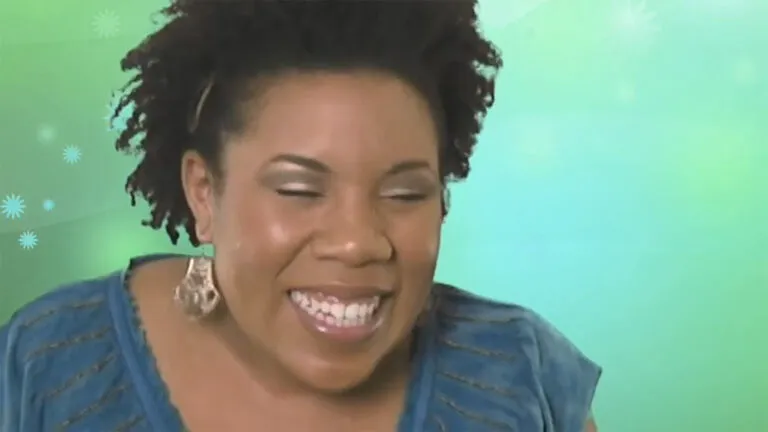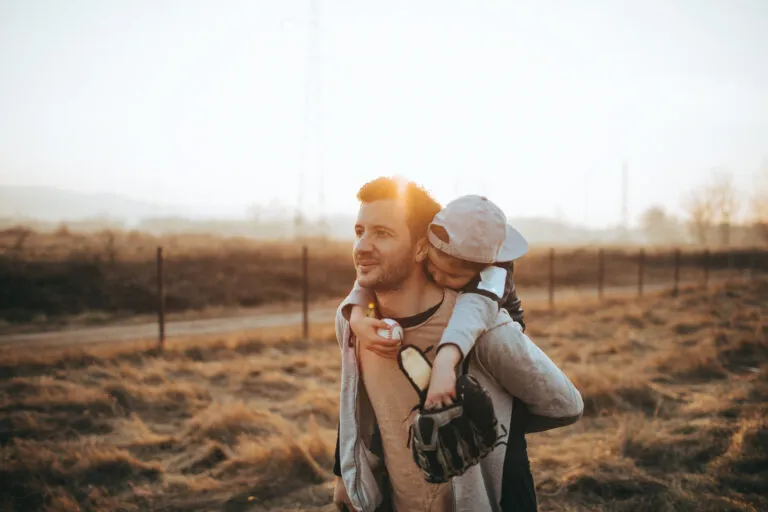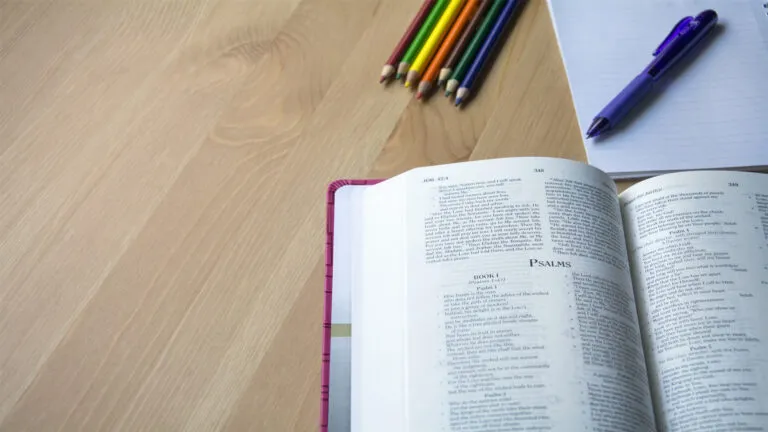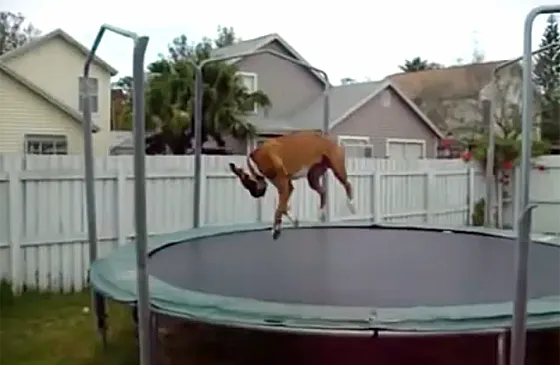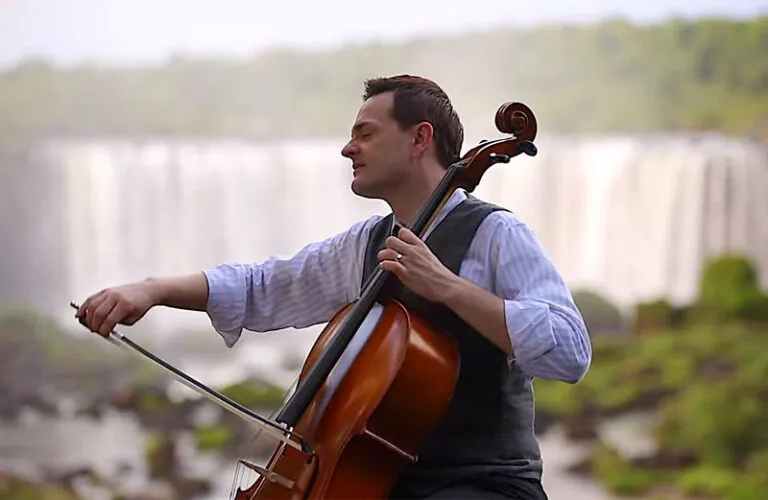
Golabki (Stuffed Cabbage)
Online managing editor Anne Simpkinson learns how to make Polish-style stuffed cabbage rolls by watching her sister make them.
View Transcript
Hi. My name is Joan Kerr, and I’m here from Atlanta, Georgia, visiting my sister in Connecticut this weekend. And while I’m here, I’m going to show my sister and her friend how to cook a Polish dish called golabki.
I’m Anne Simpkinson, online managing editor at “Guideposts.” I’m at my cottage this weekend with my little sister, who’s a much better cook than I am. She’s especially good at cooking traditional Polish dishes. So today, she’s teaching my friend Karen and me how to make stuffed cabbage rolls, Polish style.
Hi. I’m Karen, and I’m Anne’s friend. We’ve been friends since kindergarten. And I came over today to learn how to make golabkis. I’m Polish, but I never learned how to make golabkis. So here’s my big chance.
One whole head of cabbage, one onion chopped, 2 tablespoons of oil, 1 and 1/2 pounds ground beef, 1/2 pound ground fresh pork, 1 and 1/2 cups cook rice, 1 teaspoon of salt, 1/4 teaspoon of pepper, and two cans of condensed tomato soup. I’m chopping up the onion, preparing to add it to our meat mixture.
So Joanie, what are you doing now?
We’re going to cut this, so I can get the leaves off nice and intact. That will make our leaves to roll the meat mixture. These are cooking up very nicely, and you just want to stir it a little bit. Really, the important part is getting all your ingredients together and rolling the cabbage.
It’s already coming apart.
How long do you have to boil the cabbage?
For five minutes. So we’ll boil that up. We’ll wait till it starts boiling again and boil it for five minutes– just want to loosen up the leaves. OK, so you want to get 1 and 1/2 cups of rice. I’m just going to eyeball this and count that for 1 and 1/2. Now this is optional. This is something that I forgot, but my mother used to always do. The egg holds the rice and the meat together so it doesn’t fall apart as much. So I’m just going to break an egg into here and go ahead and add the onions that we’ve cooked up.
Now this is the fun part. Don’t be afraid to just mix all the rice, and the meat, the egg together. I’m going to pour off the water. Grab the cabbage. Ooh, that’s nice and cooked. I’m going to start separating the leaves off. You got to do this very gently– just the leaves will peel right off. Oh, these are going to be nice. They’re going to look great.
So you’re going to chop up the core of the cabbage?
The core of the cabbage– yeah, we’ll chop this and this up.
And where will you put it?
I’m going to lay it on the bottom of the cooking pot, so the golabki aren’t sitting right on the bottom. It’s going to make a little bed of cabbage. And you’re supposed to take a good heaping tablespoon of mixture and just put it in your hand. And you want to just make it like you would make a meatball. And then just put this mixture there. And just proceed to roll it. Got a lot of meat mixture. I’m going to do that and then that. Fold it over. Voila.
So Joanie, why don’t you explain why they’re called golabki?
Golabki– well, you were telling me that it comes from the word goamp.
Golab.
Golab, which means pigeon in Polish. And I think that it was probably because the shape of the golabki looked like a little shape of a pigeon– the belly of a pigeon, or something.
Yep.
I also have the rest of this cabbage. So I like to just put a little bit of cabbage on top here, so just not to waste it. It kind of looks nice on top there. And there you have it– the real cabbage. And we’ll get on to the next step, which is adding the tomato soup. We don’t have a pitcher here in the cottage. So I’ll just take that, add the cup of water, and mix the soup. There you have it– golabki. We’re going to put this on the stove, turn on medium heat, bring it to a boil. And then continue to cook it for 1 and 1/2 hours.
It’s been about an hour and a half, and I’m checking the golabki to see if they’re done. Mmm. They smell delicious.
Welcome.
Here we are.
Welcome, guys.
[INAUDIBLE]. Welcome.
[SPEAKING POLISH]
[SPEAKING POLISH]
Yeah, come here.
Where’s these three wild Polish women at?
[SPEAKING POLISH]
[MUSIC PLAYING]

